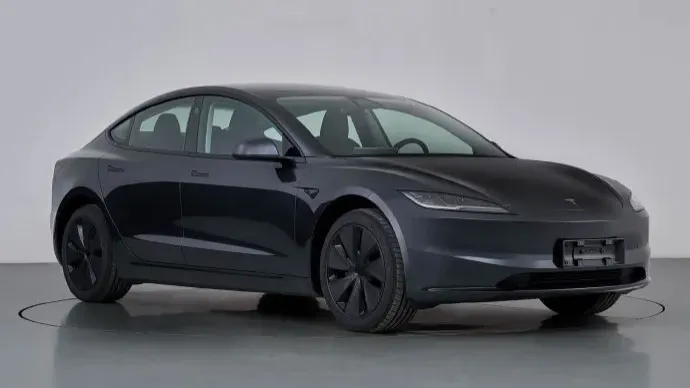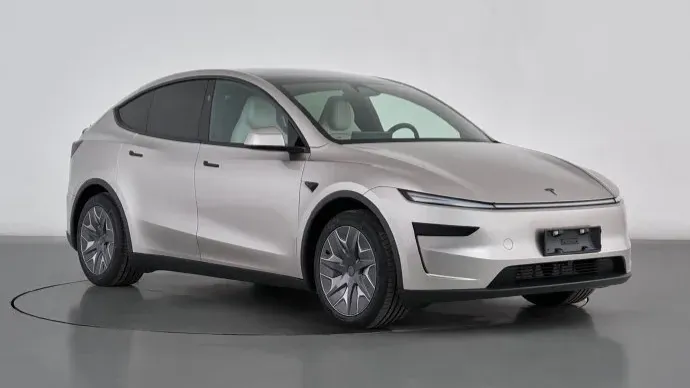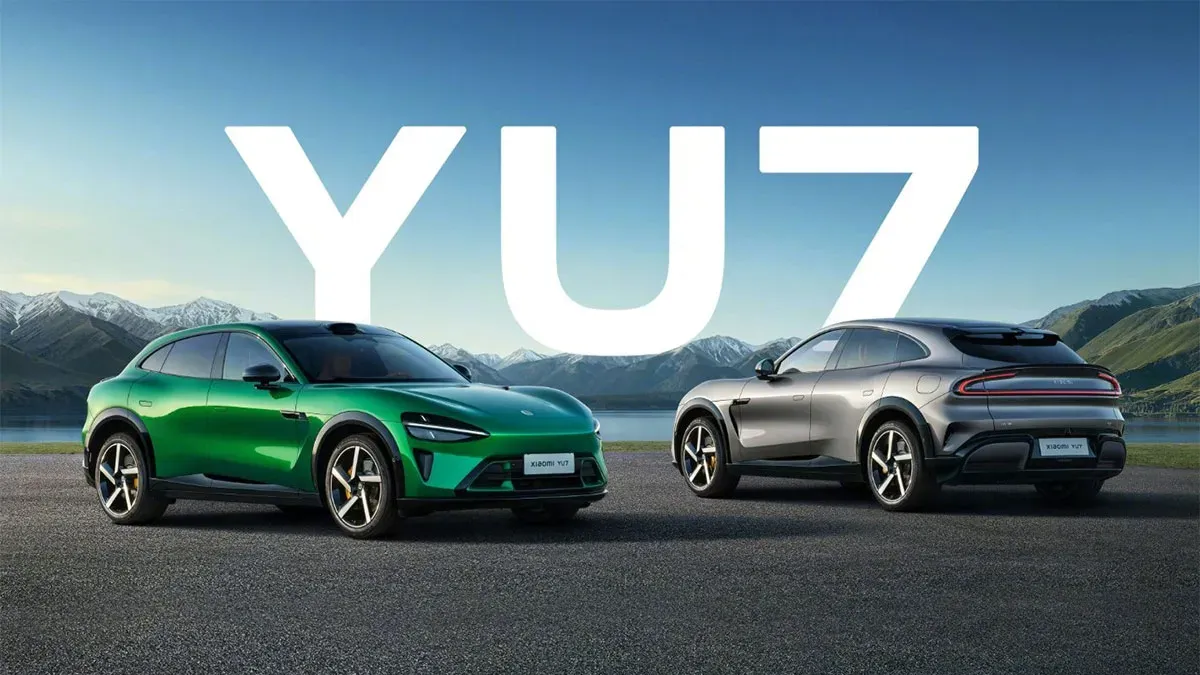Tesla files Model Y L and Model 3+ with 751 and 830 km range in China
globalchinaev
• Aug 9 • 5 min read
Source: MIIT
On August 8, China’s Ministry of Industry and Information Technology (MIIT) published an updated list of new energy vehicles eligible for purchase-tax exemptions.
Among the filings were two new Tesla (NASDAQ:TSLA) models: a six-seat Model Y L and a new variant of the Model 3 (also referred to as Model 3+) that achieves a record 830 km (c. 516 miles) range.
The documents show that the Model Y L will offer a 751 km (c. 466 mile) range while the Model 3+ will extend Tesla’s long-range record by 77 km over the current Model 3 Long Range. These entries mark the first public confirmation of specifications for both models.

Source: MIIT
The filing image shows that the Model 3+ uses a battery pack with a capacity of 78.4 kWh and a mass of 448 kg, yielding an energy density of 175 Wh/kg. The battery cells are ternary lithium-ion units sourced from LG Energy Solution.

Source: MIIT
The Model 3+ (catalogue number TSL7000BEVBR1) has a curb weight of 1,760 kg and a single rear motor rated at 225 kW. That motor is 31 kW stronger than the current single-motor Model 3 and allows a top speed of 200 km/h.

Source: MIIT
The Model Y L (catalogue number TSL6500BEVBA0) is configured as a six-seat crossover with an 82.0 kWh battery pack and a 751 km CLTC-rated range. Its battery weighs 465 kg and has an energy density of 176 Wh/kg.
The dual-motor setup delivers 142 kW at the front axle and 198 kW at the rear, and the vehicle’s top speed is listed as 201 km/h.
MIIT data reveal that the Y L is longer and higher than the standard Model Y: it measures 4,976 mm long, 1,920 mm wide and 1,668 mm tall, with a wheelbase of 3,040 mm and a curb weight of 2,088 kg.
Tesla plans to offer the Y L later this year, with some Chinese media expecting a starting price of around 400,000 yuan (c. $55,700), but we expect it to be closer to 350,000 yuan (c. $48,700).
Advertisement – Continue scrolling for more
These variants exceed the range of Tesla’s current long-range models. The 2025 Model 3 Long Range AWD provides a CLTC range of about 753 km, and the Model Y Long Range AWD offers roughly 750 km.
Both use similar battery capacities and weigh slightly less than the new filings, illustrating that Tesla has extracted additional efficiency from its powertrain.
The existing long-range Model Y and Model 3 are priced at 313,500 yuan (c. $43,600) and 285,500 yuan (c. $39,800), respectively.
Advertisement – Continue scrolling for more
Tesla’s decision to add a six-seat variant reflects shifting consumer preferences in China. Several domestic automakers have found success with three-row SUVs; Li Auto, for instance, has built its brand around family-oriented SUVs and just launched the Li i8, a three-row all-electric SUV. Other brands have also launched large family SUVs, including the Onvo L90 from NIO and the AITO M8 EV.
Meanwhile, the Model 3+ demonstrates Tesla’s focus on efficiency: by improving the energy density of an 78.4-kWh pack, the sedan reaches 830 km range without a corresponding increase in battery size.
Competitive context underscores the importance of these upgrades. Xiaomi (HKG:1810) stunned the market earlier this year when its SU7 sedan launched with ranges of 700 km (standard), 830 km (Pro) and 800 km (Max) on CLTC tests, using battery packs of 73.6 kWh, 94.3 kWh and 101 kWh respectively.

Source: Xiaomi
The SU7’s success spurred the company to introduce the YU7 SUV. Xiaomi YU7’s battery options include a 96.3 kWh lithium-iron-phosphate pack supplied by FinDreams (a BYD subsidiary) and a 101.7 kWh nickel-manganese-cobalt pack from CATL.
These packs deliver ranges between 760 km and 835 km (472–519 miles) depending on trim. By comparison, the Model Y L achieves 751 km from an 82 kWh pack.
Size comparisons further illustrate the different strategies. The YU7 measures 4,999 mm long, 1,996 mm wide and 1,600 mm high with a 3,000 mm wheelbase. Its curb weight ranges from 2,140 kg to 2,460 kg and it seats five passengers.
Advertisement – Continue scrolling for more
The Model Y L is slightly shorter (4,976 mm) and narrower (1,920 mm) but taller (1,668 mm), yet it accommodates six seats thanks to packaging efficiencies.
Despite having a smaller 82 kWh battery compared with the YU7’s 96.3 kWh, the Y L’s range is only 84 km and 19 km less than the YU7 RWD and AWD, respectively, demonstrating higher energy efficiency per kilowatt hour.
Both vehicles use ternary batteries, but Tesla sources cells from LG Energy Solution, whereas Xiaomi relies on FinDreams and CATL.
Advertisement – Continue scrolling for more
Xiaomi’s earlier SU7 sedan set an early benchmark for long-range all-electric sedans in China, with its Pro version achieving 830 km on the CLTC cycle.
The YU7 transfers that strategy to the SUV market and offers 835 km from a 96.3 kWh pack. Tesla’s response appears to hinge on maximising energy efficiency rather than installing ever larger batteries.
By maintaining battery sizes similar to existing models but increasing range through improved cell chemistry and drivetrain tuning, Tesla will be able to keep vehicle weight and cost down while challenging domestic competition.
Advertisement – Continue scrolling for more
Tesla has not released official pricing or delivery dates for the Model Y L or Model 3+. However, the MIIT listings imply that the vehicles qualify for China’s purchase-tax exemption, clearing a regulatory hurdle for market entry.
We anticipate sales to begin before the end of the third quarter or at the latest in the beginning of the fourth quarter of 2025.
Will the Model Y L and Model 3+ be able to reassert Tesla’s dominance in China despite Xiaomi’s emergence?